
A Madonna del Parto is an iconic depiction of the Virgin Mary shown as pregnant, which was developed in Italy, mainly in Tuscany in the 14th century. Examples include works by Taddeo Gaddi, Bernardo Daddi and Nardo di Cione, but the fresco by Piero della Francesca in the Museum of Monterchi, in the province of Arezzo, is considered the most famous one. The Madonna was portrayed standing, alone, often with a closed book on her stomach, an allusion to the Incarnate Word. These works were associated with the devotions of pregnant women, praying for a safe delivery. Sometimes, as with a statue by Sansovino in the Basilica of Sant'Agostino in Rome, the depiction is of a Virgin and Child, which was however known as a Madonna del Parto, because it was especially associated with devotions related to pregnancy. Here the Virgin wears the Girdle of Thomas, a belt of knotted cloth cord that was a relic held in Prato Cathedral, which many versions show her wearing.

San Maurizio al Monastero Maggiore is a church in Milan, Northern Italy. It was originally attached to the most important female convent of the Benedictines in the city, Monastero Maggiore, which is now in use as the Civic Archaeological Museum. The church today is used every Sunday from October to June to celebrate in the Byzantine Rite, in Greek according to the Italo-Albanian tradition. It is also used as concert hall.

Alma Franca Maria Norsa, known professionally as Franca Valeri, was an Italian actress, playwright, screenwriter, author, and theatre director.

The Five Days of Milan was an insurrection and a major event in the Revolutionary Year of 1848 that started the First Italian War of Independence. On 18 March, a rebellion arose in the city of Milan which in five days of street fighting drove Marshal Radetzky and his Austrian soldiers from the city.

Alessandro Barbero is an Italian historian, novelist and essayist.
F.I.S.Co. was an international festival that showcases examples of the convergence taking place across the contemporary arts. F.I.S.Co. was conceived and created by Xing a cultural network based in Bologna.

Igino Benvenuto Supino was an Italian painter, art critic, and historian.
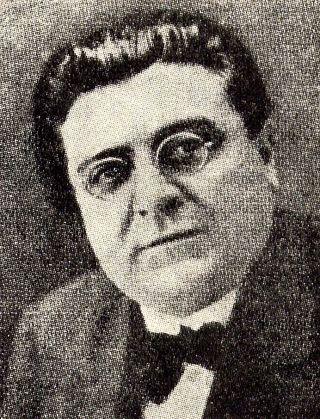
Giovanni Cuomo was an Italian politician, lawyer and teacher.

Aequum Tuticum was a Roman vicus in southern Italy, about 35 km east-northeast of Beneventum. The site lies beside Saint Eleuterio hamlet, overlooking Miscano Valley at an elevation of 575 m, about 15 km north of the modern Ariano Irpino, within Irpinia historical district. The vicus name is partly Latin and partly Oscan.

The Treasure Museum of the Basilica of Saint Francis contains a collection of sacred art that is on display in two halls found on the northern side of the Cloister of Pope Sixtus IV which is part of the Sacro Convento in Assisi, Italy. The entrance is found on the second level of the Renaissance cloister behind the apse of the Basilica of Saint Francis, which houses the remains of St. Francis of Assisi. Since 1986 the museum has also displayed a collection of works donated to the Conventual Franciscan Friars by the Secular Franciscan and American art critic, Frederick Mason Perkins, who died in Assisi in October 1955.
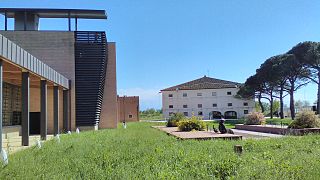
The National Archaeological Museum of Altino is an archaeology museum next to the archaeological site of Altinum. It is located in the frazione Altino of the municipality of Quarto d'Altino, in the Metropolitan City of Venice.

Pietà is an oil on panel painting by Sebastiano del Piombo, executed c. 1516–1517, now in the Museo civico in Viterbo.

The Museo archeologico e d'arte della Maremma is an archaeological and art museum in Grosseto, Tuscany, Italy.
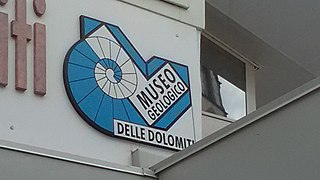
The Geological Museum of the Dolomites is located in Predazzo, Fiemme Valley, in the Trentino Italian province. It is managed by the Comune of Predazzo and the Science Museum (MUSE) of Trento since 2012.

Giuseppe Palanti was an Italian painter, illustrator, and urban planner, best known for his portraits, notably of Mussolini and Pius XI. He had a long collaboration with Teatro alla Scala in Milan, creating costume, set design and advertising material for multiple opera productions. He was also a major contributor towards the development of the seaside resort Milano Marittima.
Carlo Belli was an Italian art critic, theorist, and writer.

The National Archaeological Museum of Taranto (MArTA) is an Italian museum in Taranto, Italy. It exhibits one of the largest collections of artifacts from the Magna Graecia, including the Gold of Taranto. The museum is operated by the Ministry for Cultural Heritage and Activities of Italy.
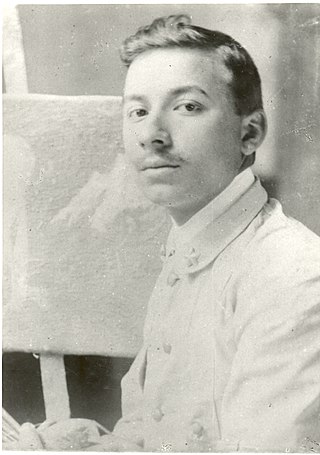
Giuseppe Graziosi was an Italian sculptor, painter and graphic designer.
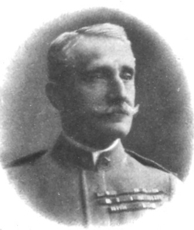
Vittorio Camerana was an Italian general who commanded the III Army Corps of World War I. At the end of the war, he was promoted to General of the Army Corps and decorated with the Grand Officer Cross of the Military Order of Savoy.
Ugo Passigli was an Italian physician. Born in Sienna, he studied medicine at the Reale istituto di studi superiori in Florence. As of 1904, he was working in the health department of that city. He contributed many articles to scientific and literary journals, and published numerous pamphlets on medical subjects.

















